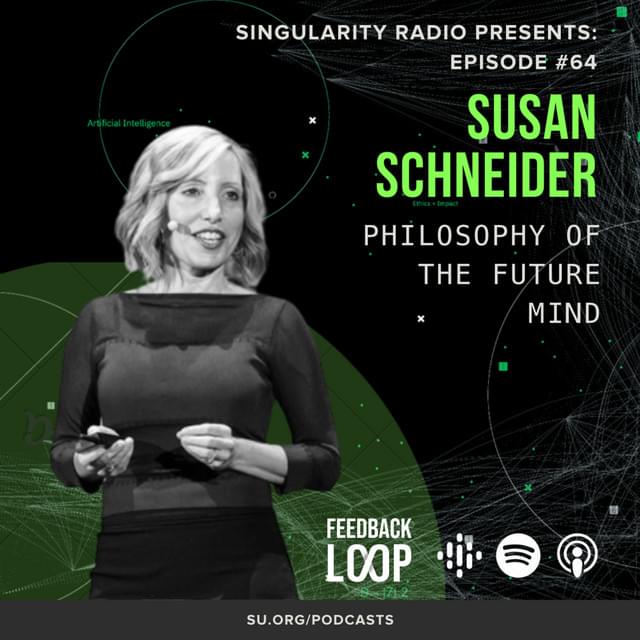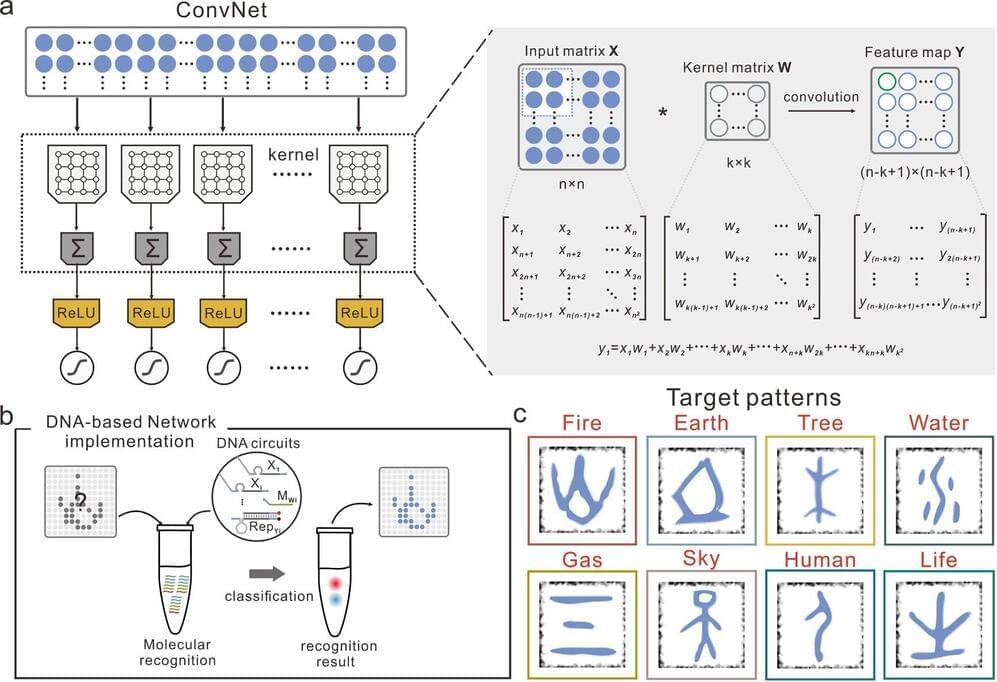This week our guest academic philosopher, Susan Schneider, who is the founding director for the Center for the Future Mind at Florida Atlantic University, as well as the author of the 2019 book, Artificial You: AI and the Future of Your Mind. In this episode we focus heavily on Susan’s thoughts, hopes, and concerns surrounding the current conversations regarding artificial intelligence. This includes, but is certainly not limited to, the philosophical and ethical questions that AI presents in general, the feasibility of mind uploading and machine consciousness, the ways we may end up outsourcing our decision making to machines, how we might merge with machines, and how these potential tech futures might impact identity and sense of self. You can learn more about Susan at schneiderwebsite.com, and find out how to get involved with her work at fau.edu/future-mind ** Host: Steven Parton — LinkedIn / Twitter Music by: Amine el Filali.
41 MINS








